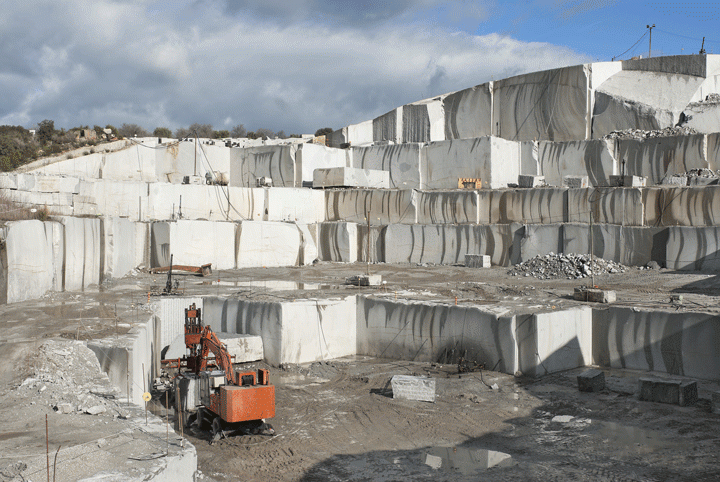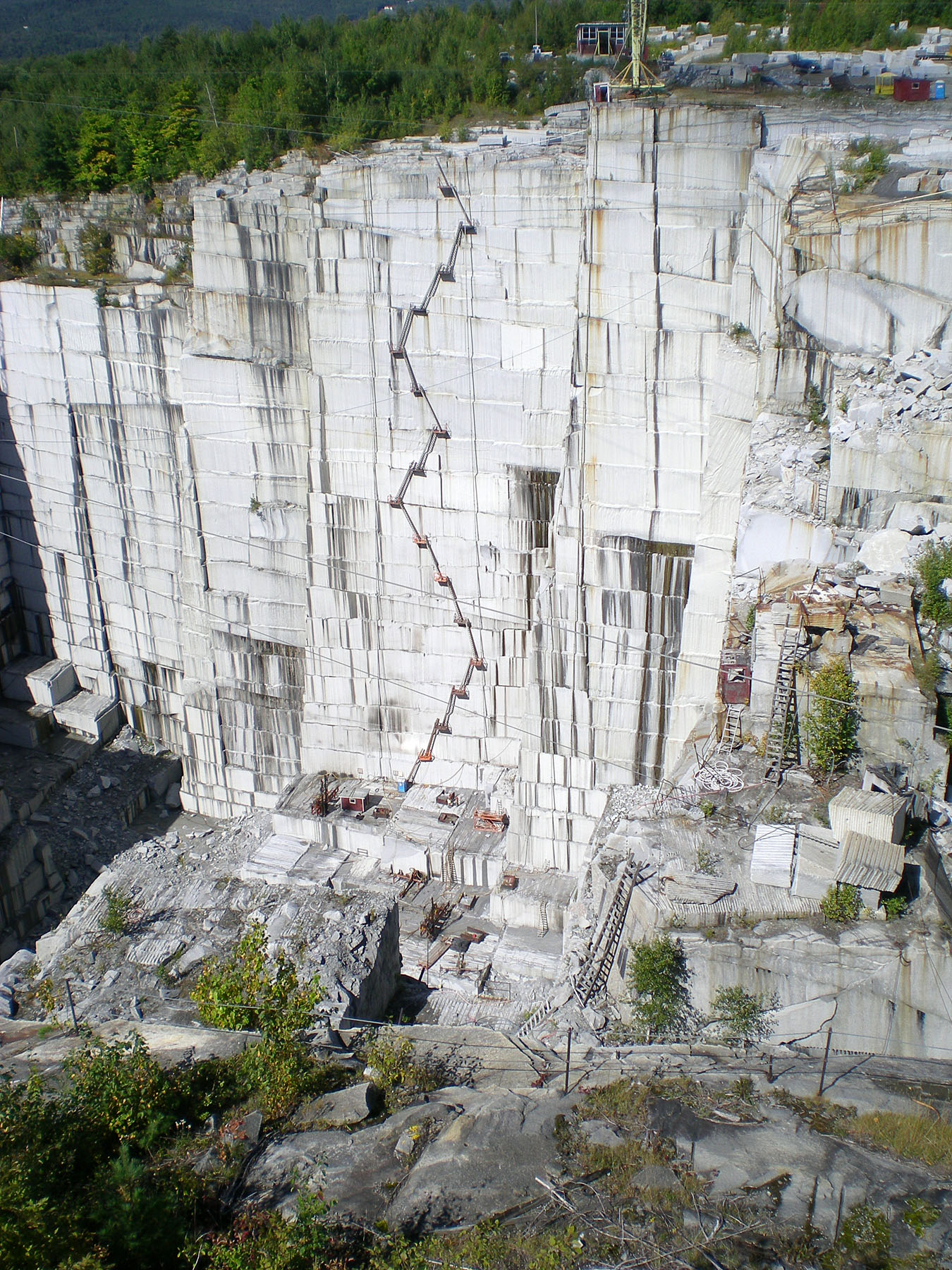Revealing the Mysteries of Granite Quarrying: Where Stamina and Style Meet
The world of granite quarrying is a realm where the raw stamina of nature assembles with human virtuosity to develop structures that stand the test of time with an air of beauty. From the midsts of quarries to the thorough sprucing up in workshops, the procedure of transforming granite into architectural marvels is a complicated dance of custom and technology. As we peer right into the midsts of this old craft, we start to reveal the hidden intricacies that shape the very essence of our built atmosphere.
The Origins of Granite Quarrying
In the annals of architectural history, the origins of granite quarrying are shrouded in a tapestry of ancient craftsmanship and geological wonders. Going back to ancient Egypt and Mesopotamia, the removal of granite from quarries noted the start of a journey that would ultimately cause the production of several of the globe's most famous structures.
Granite quarrying's roots can be traced to the competent artisans who recognized the rock's longevity and visual allure. With a combination of primitive tools and large resolution, these very early quarry workers unearthed granite blocks that would come to be the foundation of people.
As worlds developed, so did the techniques of quarrying granite. The Romans, renowned for their design prowess, developed innovative approaches for drawing out granite to construct monoliths, holy places, and roads that stood the examination of time.
The tradition of these ancient quarrying practices remains to shape modern style, with granite staying a symbol of toughness and sophistication in building tasks around the world. (granite quarries in south africa)
Tools of the Quarrying Profession
The development of granite quarrying techniques from old worlds to modern-day times highlights the important role played by the devices of the quarrying trade in forming the market's techniques. In ancient times, quarrying devices were fundamental, frequently being composed of blades, hammers, and wedges made from products like bronze or iron. These tools called for significant workforce and time to extract granite obstructs from quarries.

In addition, the intro of pneumatically-driven tools and high-powered equipment has considerably decreased the physical labor called for in quarrying procedures, enhancing worker safety and security and productivity. As the quarrying sector remains to innovate, the devices of the profession continue to be at the center of driving development and shaping the future of granite extraction.
Removing Blocks of Granite
Making use of accuracy machinery and progressed strategies, the extraction of granite blocks from quarries has actually ended up being an advanced process in the modern-day quarrying market. The initial step entails determining the location and dimension of the granite deposit to determine one of the most effective extraction approach. When a suitable website is Visit Your URL chosen, the extraction procedure begins with the exploration of holes for the positioning of dynamites. Controlled blowing up methods are then used to break apart the granite right into workable areas.

Sprucing Up and Finishing Strategies
To accomplish a flawless surface area on granite blocks, competent craftsmens utilize a series of careful polishing and ending up techniques. After the first extraction and forming processes, the granite obstructs undergo a detailed polishing stage to enhance their all-natural beauty and longevity. One typical approach used in brightening granite is diamond abrasion, where industrial rubies are used to grind and brighten the rock to a smooth surface. This procedure not only produces a glossy surface however additionally guarantees harmony in color and structure throughout the granite block.
In addition to sprucing up, ending up strategies are related to further fine-tune imp source the granite's look. These strategies might consist of flaming, honing, or brushing, each offering distinct textures and finishes to suit different aesthetic preferences. Flaming, for example, entails revealing the granite surface area to high temperature levels to create a rough, textured finish, ideal for outdoor applications where slip-resistance is important. Refining, on the other hand, supplies a matte surface that is smooth to the touch, best for interior counter tops and floor covering. By very carefully choosing and applying these polishing and completing techniques, artisans can transform raw granite obstructs right into elegant items that display both stamina and beauty.

Environmental Effect and Sustainability
With the expanding emphasis on ecological awareness in the market, granite quarrying techniques are increasingly inspected for their influence on natural sources and lasting sustainability. Quarrying for granite can have considerable ecological effects. The extraction process usually involves making use of hefty machinery, explosives, and big quantities of more information water, leading to habitat damage, dirt disintegration, and water pollution. Furthermore, the transport of granite from quarries to refining centers generates carbon discharges, additionally adding to environmental degradation. granite quarries in south africa.
To reduce these effects and guarantee sustainability in granite quarrying, market stakeholders are adopting numerous measures. Implementing advanced technologies to reduce energy consumption and water use, redeeming quarried land for eco-friendly reconstruction, and advertising liable sourcing methods are some methods being utilized. Additionally, accreditations such as the Forest Stewardship Council (FSC) and the Management in Power and Environmental Style (LEED) assistance customers identify eco-friendly granite products.
Verdict
To conclude, granite quarrying is a process that requires specialized tools and techniques to extract blocks of granite and polish them to a high level of finish. While the environmental effect of quarrying can be considerable, efforts are being made to boost sustainability methods in the sector. In general, granite quarrying is a fragile balance in between harnessing the toughness and elegance of this all-natural rock while reducing its influence on the atmosphere.